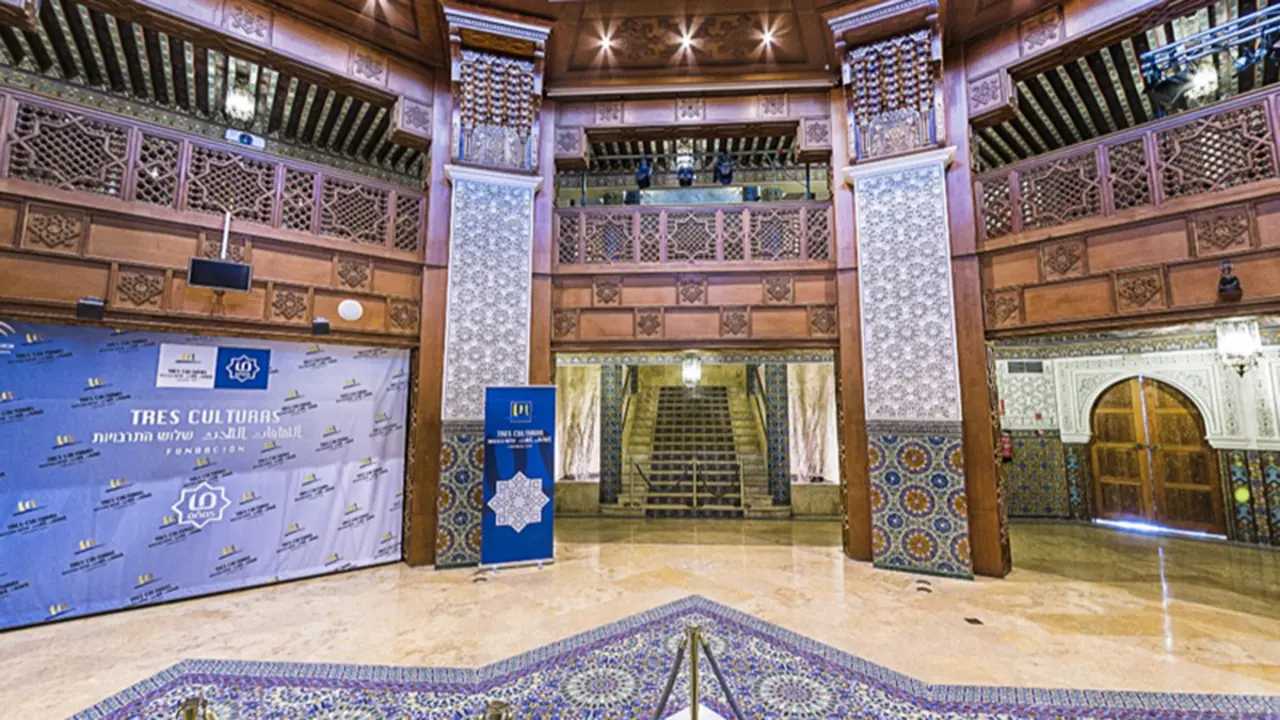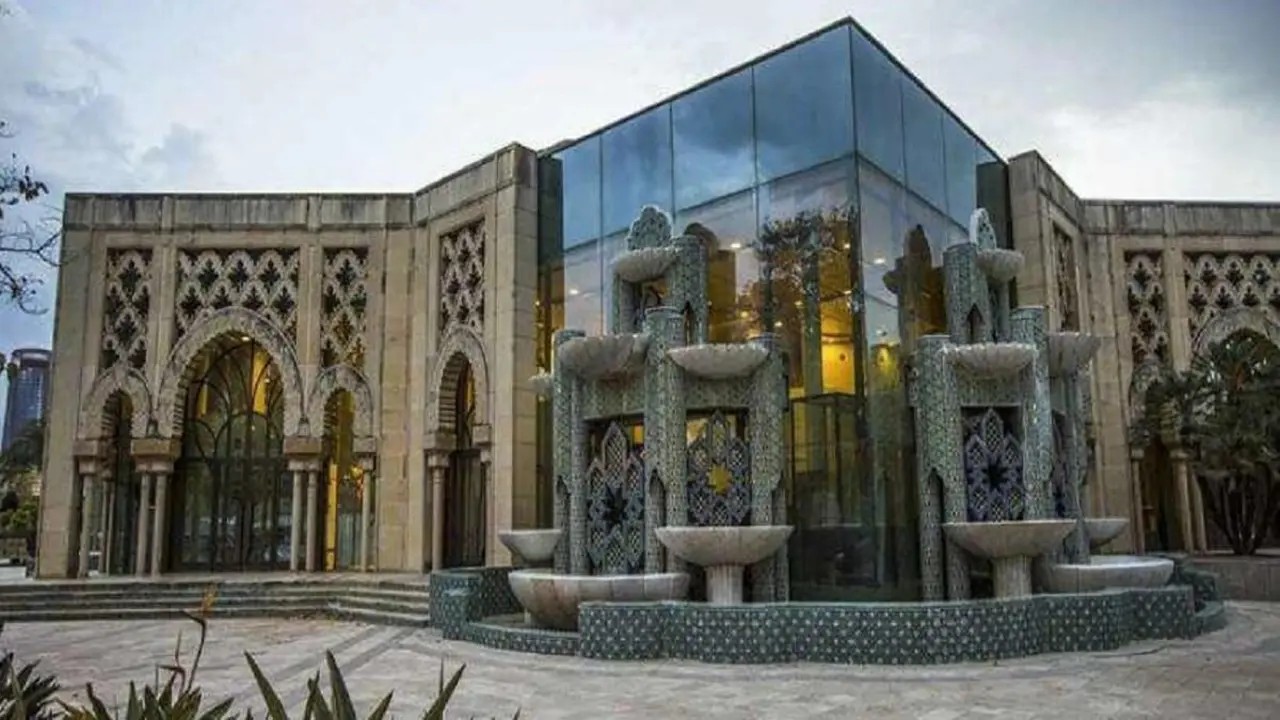Tangier: an imaginary between two shores
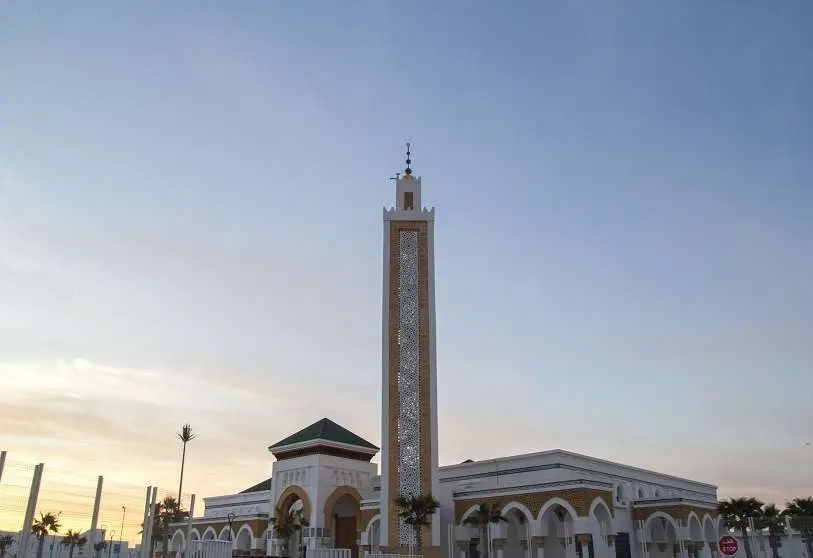
If you look at the Sūr al- Ma'gāzīn (literally, the square of the lazy), in the middle of the city of Tangier, you will see the seaport immersed in its cyclical daily life. The sea stretches out before your eyes with its azure blue, until your vision coincides with the northern Spanish shore. It is there that the "other land" rises up, inviting you to resume your journey, through routes and reefs different from your own. For the spectator who contemplates this scene, purely geographical questions arise, as well as questions about the tectonic movements that led to the separation of the same land, to form two shores separated by waves of a sea, which is more like a small ditch that leaves you wanting to jump over it. In order to avoid possible answers to these questions, I prefer to consider that this is due to the cunning of geography and pure geological nature. Such cunning that it impacted the identity of an entire city and its consequences spread to both shores in a majestically tragic way. The repercussions of this geographical cunning also led to a historical cunning which, since its emergence, has not ceased to appear and disappear. Thus, a kind of 'appetence' had been created between the two shores, and a spontaneous tendency towards union and communication impregnated, at times, with a vandalic amorous desire. A concrete example of this appetence would be the case of Ṭāriq Ibn Ziyād, whose seduction for the other shore made him bring his soldiers and burn his ships when he landed in the Bay of Gilbraltar.

He wanted to make sure that he had no feelings of nostalgia for his native shore and refused any possible return to his homeland. For he had already found his earthly paradise, he had found the Al-Andalus of his dreams. It was this same longing that led Spanish colonialism to the usurpation and appropriation of Morocco under a very fine name 'protectorate' and, also, to a possession of another Al-Andalus, this time a southern one. While burning his ships, Ibn Ziyād was unaware that 'burning' would become a permanent metaphor for the unruly appetite between the two shores. He did not know that the ships would never stop 'burning' in those celestine waters, while carrying secret 'soldiers', failed and unarmed, but of their weak dreams. Soldiers who failed to curb this mythical appetite between the two shores and turned to the context of the frightening widening of the gulf between north and south. This eternal appetence made Tangier a city with a double identity, with a dissident imagination and a terrible helical ability to reproduce itself. Tangier has become a city predestined to appetence - which is at the very origin of its identity - and to the hell of contradictory and furious desires, between two shores that confront each other to the point of passion and contradict each other to the point of quarrel. That is why Tangier tempts its hosts with all the splendour resulting from "love that turns into hate" and vice versa. Hence the conversion of Tangier into a reality full of people, intelligence agents, women, travellers, people in transit and other residents..., in a continuous back-and-forth movement between the two shores and an oscillation between the pole of drunkenness and that of conscience. Tangier ends up constituting an imaginary, with its myths and legends, divided between two shores that flirt in a tragically deadly way.
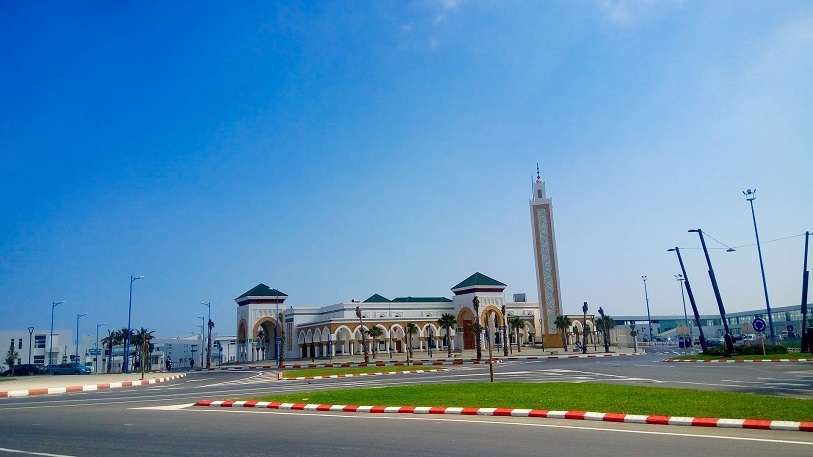
This 'Tangier imaginary' that remains between the two shores seemed to me to be a real tragic destiny, not in the sad sense contained in the word 'tragedy', but in its sublime and neat sense. I thought of following the progress of this imaginary of the two shores through an attractive narrative text whose events take place in and around Tangier on the other shore, I am referring to Mohamed Berrada's Al-Ḍaw' al-hārib (Fugitive Light) (1994). The narrative begins on the edge of the two opposite shores, where a painter "is relaxing on the wide duvet, on his wide terrace facing the sea and the Spanish beach which is in sight despite the distance". The whole plot of the novel insists on the sea that separates the two shores and the symbols that emanate from it. Al-'Ayšūnī, the protagonist of the novel, is a painter from Tangiers who learned to paint thanks to Julio, a Spanish painter. Before his death, Julio bequeathed his apprentice his money and, above all, his love of life and art. The life of al-'Ayšūnī is made by the circumstances of the encounter between the two shores of the Strait, a life divided between his culture of origin, the Arabic, and another foreign culture, the Spanish; the result of his encounter with Julio, who raised him as a child and taught him painting, love and women. This was al-'Ayšūnī's inevitable destiny in a city predestined for hybridity. Al-'Ayšūnī learned to draw the bodies of his models from Europe, and with them he learned love and the arts of sex. This is how he lived disconnected from what was going on around him in the country, without depriving himself of his moments of pleasure in the bars and nightclubs of the city. He didn't even know "what sound is the echo", as he used to say.
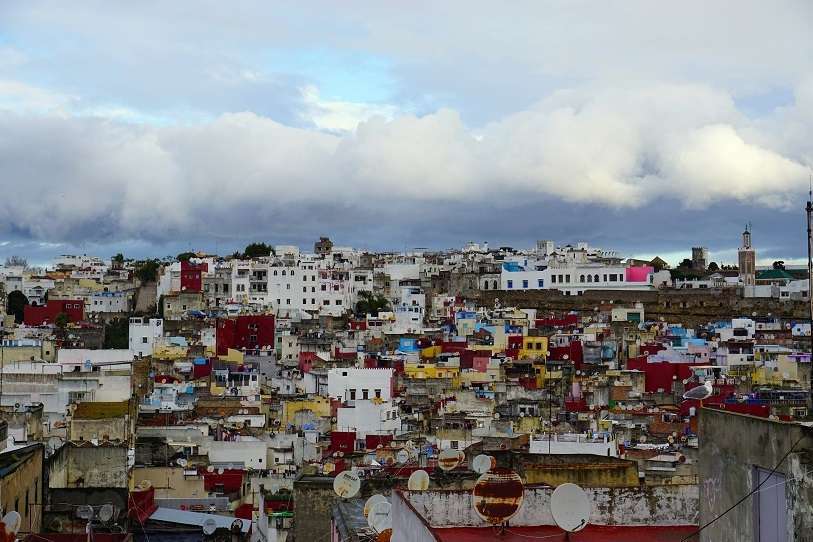
Soon his life takes a big turn when he meets Gaylāna, the first Moroccan woman who agrees to be his model. With her slender body and glamorous beauty, she allowed herself to undress in his presence for him to draw her. In addition to painting, this was also one of the manifestations of this encounter between the two shores: for it is an art that comes from the other shore. This is how his story began with Gaylāna, the Moroccan girl who undressed in front of his brushes with great freedom and, thanks to her, interest in his art was awakened and he was able to present his masterpieces that made his fame and fortune. But the painter's relationship with his model is the same as the love affair between the two shores of the Straits, al-'Ayšūnī drowned in the necklaces of love, until the moment when Gaylāna decided to leave for good. She was certain of al-'Ayšūnī's impossible return from her dream, only to turn back to the stark reality: that of a woman whose body would soon grow old. Gaylāna will marry in Fez and give birth to a girl named Fatima Krites. However, Gaylāna could not stand life in the city of Fez, that harmonious, unfragmented, calm and reassuring city, far from the noise. She left for Tangiers and then for the other side, leaving her husband and daughter behind. Her destiny awaited her there, that of a Moroccan girl who had accepted to give up her painting and her brushes. Of course, to secure her future and that of her daughter, Gaylāna would walk the paths of the other shore without refusing anything as a model, she was ready to undress according to her clients' desires. At the time, Fatima was living in the gears of a failed love story par excellence, which coincided with the failure of an entire stage, because it is a love that was honed by the student struggle at the university of Fez.
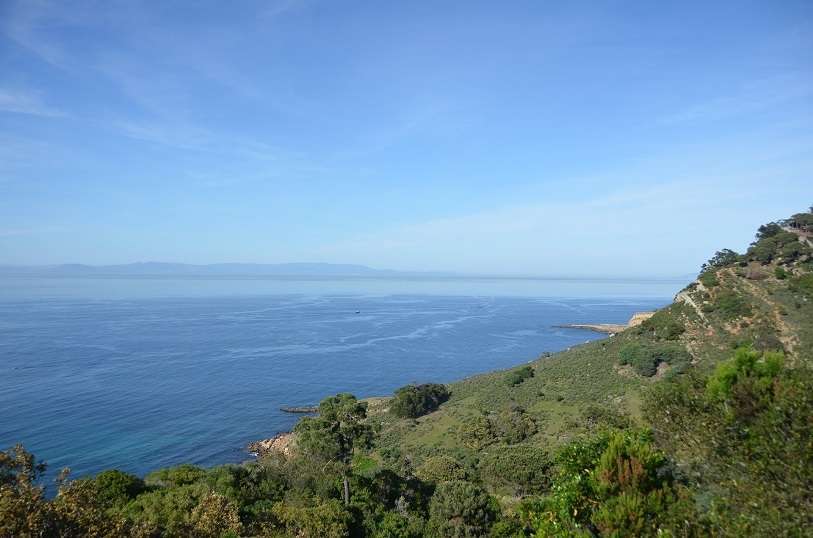
However, her lover managed to sow in her a grain of life before her arrest by the police. After her release from prison, she was already quite down-to-earth and went from nurturing revolutionary dreams to raising chickens. Thus it was that, by a truly tragic destiny, Fatima decided to go - in her turn - to Tangiers, to this border town that brings together the two shores, because they are her true and natural space. There she will meet al-'Ayšūnī, her 'symbolic father', or that unknown part of her family past. She will get to know him in great depth and with greater sensuality, and then travel to the other shore. Fatima will be the result of this imaginary split between the two shores, or rather, the emanation of this bifurcated form of the two shores. She will first pass through France, settling in Paris in search of a certain stability, but any equilibrium for a person who has been brought up in the midst of a convulsive life between two cultures and two souls, will be nothing but instability. And so it was. While strolling through the centre, Fatima, by pure chance, came across the novel 'Les dimanches de mademoiselle' Beaunon. The novel tells the story of Madame Beaunon who works all week in a normal way, only to become another character on Sundays. On those days, Madame makes herself beautiful, visits museums pretending to be an art lover and, consequently, succeeds in hooking a visitor to spill her desires and sexual appetites on him. The next day, the lady returns to her daily life cycle.

Fatima, tempted by the idea of this lady character, decides to play it in her real life. She even goes so far as to develop and modify it, adding new aspects to it, as she specialises in hooking museum visitors to whom she will offer only passing pleasures. However, she will suffer to make this way of life her only form of existence. Especially when she meets Macías Pidal, a Frenchman who is not very different from her in terms of belonging to both shores. Pidal was born in Morocco, specifically in Sidi Kacem, and had spent part of his childhood among its fields and fruit trees, before moving to France. Fatima's story culminates in her marriage to Macias, and in conformity with her new harmonious situation. In this situation her new and true identity blossoms, that of Mrs. Fatima Pidal.
This is the natural outcome of two adjoining shores, whose common imaginary is divided between the two sides and whose identity is distributed between the two borders. Between al-'Ayšūnī, Julio and Gaylāna; between the north and the south, between Madrid, Paris and Tangiers..., paths and lives were intertwined, arising from a symbolic capital between the two shores, between two adjoining cultures due to the astuteness of geography and history. In addition to the great imaginary charge of the border between the two shores, the peculiarity of this novel lies in the fact that the incipit begins with Fatima's visit to al-'Ayšūnī, going on to narrate the details of their secret relationship, making Gailana seem like a secondary character in comparison with her daughter. For, the plot of the novel is built around Fatima and al-'Ayšūnī's relationship, specifically through the device of retrospection by revealing the letters they exchanged. While the rest of the events take place in al-'Ayšūnī's room - which overlooks the other shore - or in the bars and nightclubs of Tangier, making the description very small in comparison to the narrative. This is the most obvious expression of the closeness and remoteness of these adjoining shores that never meet, this common imaginary that manifests itself through the letters and these narrative techniques with which lives and destinies intertwine. The letter is a symbol of flight, of a distance that does not prevent nostalgia and closeness, a flight conditioned by an impossible return: it is a continuous flight between both shores and both imaginaries. The narrative ends, without ending this constant flight of the characters, this back-and-forth situation between two positions and two shores. Gaylāna never returned to al-'Ayšūnī, Fatima never returned to Morocco and al-'Ayšūnī never returned either, perhaps she had no one and nowhere to return to.

This is Tangier, written and narrated with a very high novelistic sense and a deep sense of geographical and historical astuteness. Tangier, the seductive city of writers, novelists and creators, the Tangier of Chukri, of Mohamed Taimud, of Bowles and Genet and others. I don't think there is a writer living in or visiting the city who has escaped to inhabit it and be inhabited by it. This is Tangier, the queen of cities which, thanks to its tragic positioning between the two shores, was able to preserve its civilisation and modernity that date back to remote historical origins; to its international era. This is Tangier, the city that watches over our civilisation while the other cities of Morocco surrendered to the organised campaign of ruralism, and gave in to the ferocious campaign of the Bedouins recruited to create a daily life not unlike the life of slaves; a disguised slavery at the service of the cement mafias, electoral interests and for the benefit of the corrupt. The aesthetics of our cities, whether inherited by our ancestors or by the colonisers, collapsed, and we are faced with cities with a double culture, a new face and, of course, a new identity. Unfortunately, our cities collapsed under the shovels of the cement mafias, becoming rural 'mono-cities'. Why are we surprised, then, by the absence of security in these cities? Because it is the natural consequence of this ruralism, of these rural belts, of the poverty and ugliness of cement that robbed the cities of their spirit of diversity, difference and modernity. That is why, when we feel the need for the 'city' and modernity, we travel to Tangiers - the city of the two shores - to lose ourselves among its paths, its cafés and its discotheques, so as to live its imaginary between two shores, or, rather, to live two imaginaries from a single shore, that of Ṭanŷa al-'āliya.
Reference:
1 - Derived from the Arabic Ẏabal Tāriq (جبل طارق), or "mountain of Táriq".







